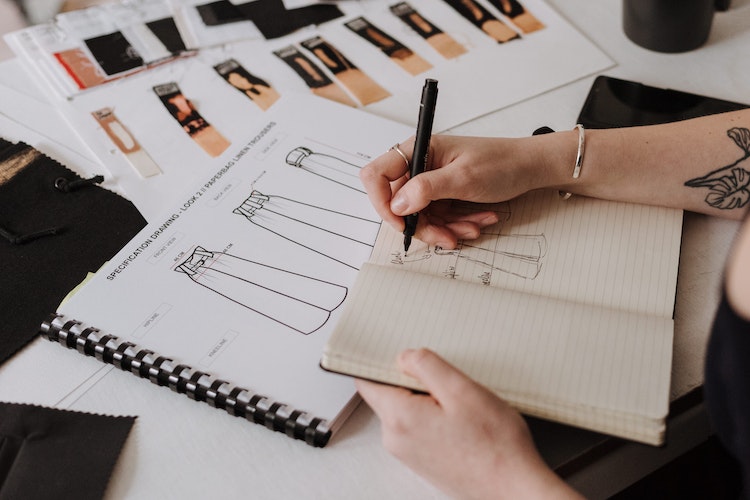The fashion industry may not be the first people think of when pondering how robotic automation is changing the workforce. However, robots are becoming more prominent in fashion warehouses.
Here are some ways robotic automation encourages innovation and higher efficiency in fashion warehouses.
Managing the Workforce
One of the top concerns regarding robotic automation is where it leaves the human jobs it takes over. However, the advantages may be too appealing for companies to ignore. Regarding workforce management, some benefits include higher efficiency and quality that humans cannot match.
Another factor is that many warehouses are facing difficulty finding and retaining workers, which could be solved with robot automation. Warehouses with robots could save money on the costs associated with constantly finding, hiring, training and retaining employees.
“Warehouses with robots could save money on the costs associated with constantly finding, hiring, training and retaining employees.”
Options for Expansion
Companies that go down the path of robotic automation in their warehouses could expand business much more quickly.
For example, opening a new warehouse that will be filled with employees could take months — from advertising positions to hiring to training. Fully automated warehouses allow companies to go from an empty building to one that is completely functional within a few weeks.
More Accurate CAD Designs
An item’s accuracy is important to warehouse operations. Products made incorrectly during manufacturing could pause or slow down these facilities.
One way to help ensure items are manufactured properly so warehouses can operate smoothly is with more accurate CAD drawings during the manufacturing stage. They provide a visual representation of a product being designed. Creativity is an essential part of this process, but robotic automation software can help make CAD designs in the fashion industry more accurate.
Some automated CAD tools improve the accuracy of drawings by automatically aligning an overlay to a part, allowing engineers to compare it to data. In the fashion industry, engineers can compare a CAD drawing to a finished clothing item to find and eliminate errors.
“One way to help ensure items are manufactured properly so warehouses can operate smoothly is with more accurate CAD drawings during the manufacturing stage.”
Meeting Order Demands
Meeting demand appropriately is difficult in the fashion industry. No one really knows how quickly trends will pass or when spikes in demand will fade, which can create a lot of warehouse waste if things change faster than companies expect.
Robots can analyze how people are reviewing products to keep warehouses on track. This way, warehouse managers won’t have to worry too much about stocking pieces that are not in style.
Better Cleaning Processes
There is a lot of potential for robotic automation in terms of cleaning a warehouse. Managers could send robots out after hours to clean floors, shelves, dust and more. Many companies are already taking advantage of robotic automation for this purpose, including Walmart. In 2018, it announced an autonomous cleaner would clean and polish floors so employees could focus on other, more important tasks.
Fashion warehouses can use this tech for the same purposes — saving employees time and letting them focus on meeting company goals.
Inventory Management
Another possibility for robotic automation in fashion warehouses is inventory management. Robots can manage stock and take account of products that are running low, not selling or need reordering. Too much or not enough inventory can slow a company down, and robotic automation helps ensure stock levels are OK and production can continue.
“Too much or not enough inventory can slow a company down, and robotic automation helps ensure stock levels are OK and production can continue.”
Packing and Shipment
Robots can also pack fashion and retail items for shipment, saving warehouses time and freeing up space quickly. Robots in other industries are already equipped to load equipment and products.
These robots are programmed to pack items intelligently, including putting more fragile items on top and ensuring products are equally distributed among bags.
Fashion warehouses can use robot automation to pack pieces of clothing or accessories that need to be shipped to stores. Chances of damage from incorrect packing can be reduced or avoided altogether.
“Chances of damage from incorrect packing can be reduced or avoided altogether.”
Robotic Automation Offers Many Advantages for Fashion Warehouses
Robotic automation offers many advantages and opportunities for innovation in fashion warehouses. Robots can make inventory management more efficient, help reduce human errors in design and production, and complete more mundane tasks like cleaning and organization. Management should weigh the possible pros of robotic automation in fashion warehouses and consider how it can improve operations.










